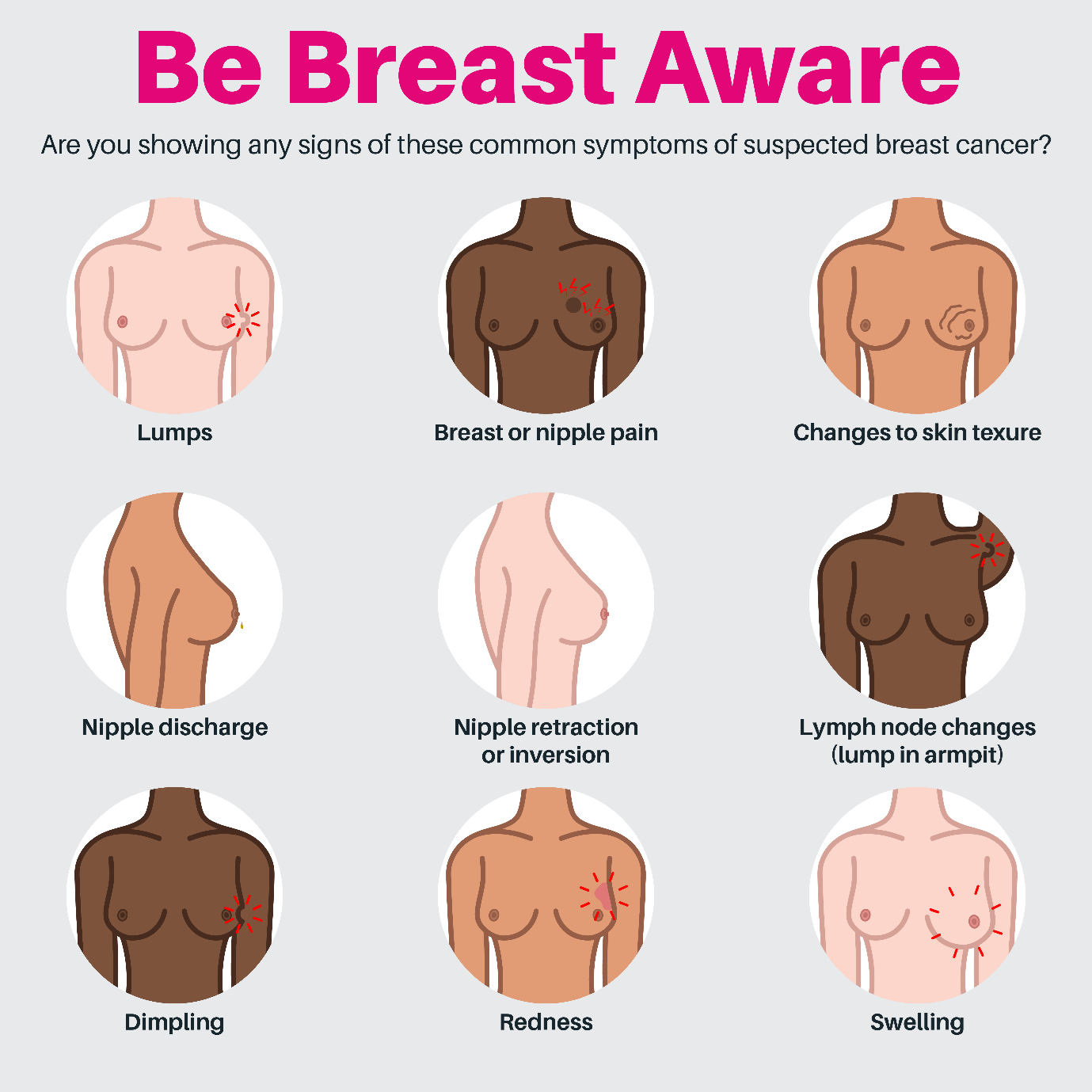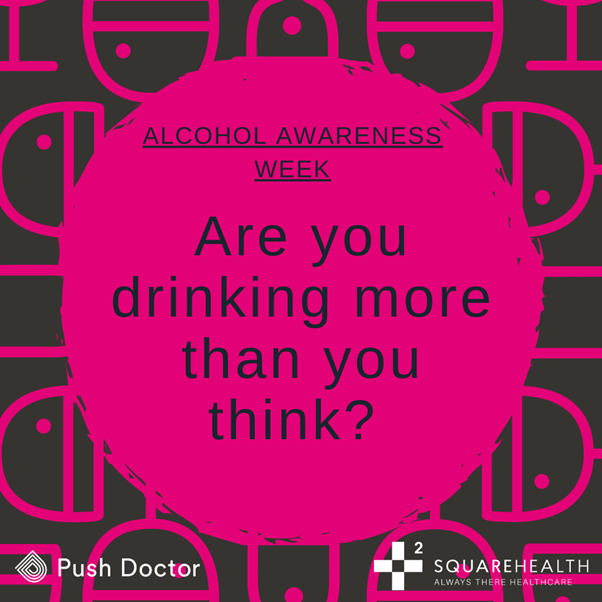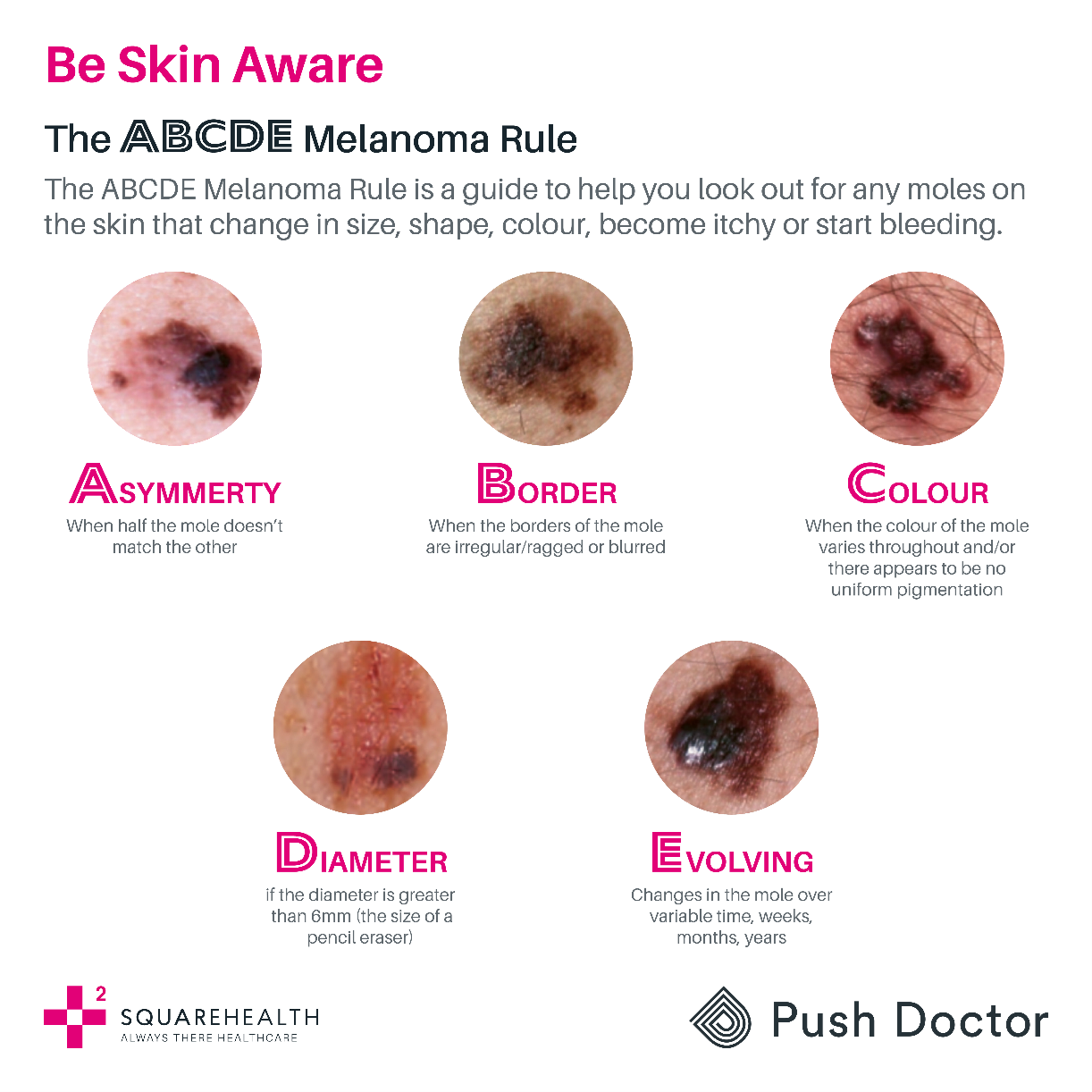By Push Doctor
Breast Cancer Awareness Month – October
Every October, countries around the world mark Breast Cancer Awareness Month to raise awareness and support for early detection, diagnosis, and treatment of this disease. Breast cancer is the most common cancer in women in the UK, with one woman diagnosed every 10 minutes, and it is the leading cause of death in women under the age of 50.
Why early detection is so important
Because many breast cancers are found by women themselves through self-examination or by accident, it is important to become breast aware and develop the habit of regularly checking your breasts, as the earlier breast cancer is discovered, the better the treatment options.
Did you know that 80% of women diagnosed with breast cancer have no family history of the disease? Breast Cancer UK predicts that lifestyle changes can prevent roughly 30% of breast cancer cases in the UK.
Lifestyle changes that may help reduce your risk of breast cancer
Some of the factors that can help minimise your risk of breast cancer are:
- Reducing your weight if overweight or obese
- Increasing your physical activity
- Reducing your alcohol intake
- Not smoking
- Having children and breastfeeding
Over 47% of UK women do not check their breasts regularly
A YouGov survey commissioned in October 2020 by the breast cancer charity ‘Breast Cancer Now’ found that almost half (47%) of women in the UK do not check their breasts regularly for potential signs of breast cancer with one in 10 women having ‘never checked their breasts for new or unusual changes’. The survey asked women what prevents them from checking their breasts more regularly and almost half (46%) said they ‘forget’.
Becoming breast aware
Being breast aware is about becoming familiar with how your breasts look and feel, whatever your age, so that you can notice changes that may be related to breast cancer symptoms. Self-examination is a simple and entirely safe method of detecting changes in your breasts. It is important to do this regularly to be aware of your ‘normal’ breasts and therefore to detect changes at an early stage.
Depending on your age, your breasts may change at different times during the month, if you are breast aware, you will recognise changes that are normal for you and if you find anything different you can take decisive action to get help.
What are the signs and symptoms of breast cancer to be aware of?
Breasts vary in shapes and sizes, and each of us has our own "normal." Being mindful of your breasts means learning what your 'normal' is.
When exploring your breasts look at yourself in the mirror with your underclothes off. Look at their shape and size, from the front and then turn to each side, see how they move when you lift your arms up. Often breasts do not match, one breast may hang lower or look smaller, this is your own ‘normal,” think of your breasts as ‘sisters’ and not ‘twins’.
You should become familiar with what your ‘normal’ is, then, if you notice anything that does not belong to you, get this checked out. The signs to look out for include unusual changes in the breast shape, size or skin colour, any new lumps in the breast or armpit or any unusual changes to the nipple or nipple discharge.
What are the signs and symptoms of breast cancer to be aware of?
Breasts are full of glandular tissue (milk ducts and milk lobules) and fat, so they may ‘normally’ feel lumpy and bumpy especially at certain times of your monthly cycle. Understanding the difference between your normal lumps and bumps and ones you should be suspicious of is important to identify early signs of breast cancer.
Changes that you should be aware of are:
- A new lump or thickening in the breast which is different to the rest of the breast tissue.
- One breast becoming larger or looking different than the other breast.
- Nipple changes - inversion (pulling inwards), a rash around the nipple, nipple discharge especially blood stained.
- Changes in the contour of your breast – dents, dimples, or skin puckering.
- Swelling in the armpit or around the collarbone.
- Continuous pain in one breast (or part of one breast) or armpit.
Below is a handy visual guide that you can refer to each month.

Breast lumps that you should be suspicious of have the following characteristics:
- Lumps that are firm on palpitation.
- Lumps that feel irregular.
- Lumps that have skin tethering around them or other skin changes.
- Lumps that are situated in the inner half of breast.
- A lump that is growing rapidly.
If you find a new lump, get it checked, only 5-10% of suspicious lumps that are checked in a triple assessment clinic turn out to be cancer.
How often should you check your breasts?
Checking your breasts at the same time of the month will help you identify any early changes.
- Pre-menopausal - the best time to check your breasts is in the week after your period has finished, at this time they should be less tender and lumpy.
- Post-menopausal - choose a convenient time when to check your breasts, perhaps in the first or last week of each month.
The key to checking your breasts is to be consistent with the time in each month that you choose and making sure this becomes a habit. Try setting a monthly reminder in your phone, so you never forget!
Here are some guides to help you check your breasts:
- Know your lemons
- NHS – signs and symptoms of breast cancer
- How To Check Your Breasts For Cancer with Dr Liz O'Riordan
- Breast Cancer Now – Touch, Look, Check
Awareness and early detection of any changes lies at the heart of effective treatment for breast cancer, so do make sure that you take time to check your breasts; and don’t hesitate to let your GP know about any changes that don’t seem normal for you; no matter how small.

